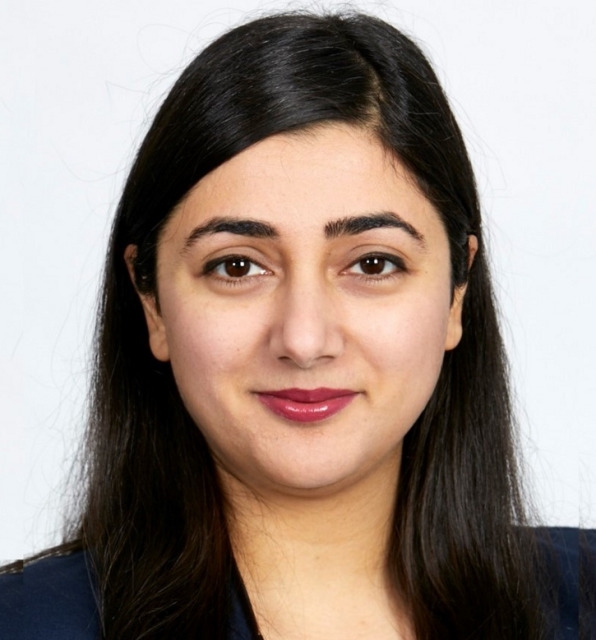
Dr. Mahsa Mirmomeni
Post-Doctoral Research Fellow
Monash University, Australia
Dr. Mirmomeni is a Structural Engineer and a Post-doctoral Research Fellow at Monash University, Australia. She has extensive knowledge in the field of structural engineering with an emphasis on advanced resilient structural materials gained through graduate research and 6 years of solid industry experience. She won the Monash Civil Engineering Department’s fellowship which supported her as an independent researcher to pursue and expand her own research and work towards her DECRA application on resilient structural materials. She has been successful in publishing her research in internationally acclimated engineering journals and international conferences. She is an award-winning science communicator, with extensive teaching and curriculum development experience in structural engineering. Her strong ability in teaching and educating students is highlighted through lecturing undergraduate courses, supervising honours students and mentoring Ph.D. students. She is also a Women in Engineering activist and passionate in promoting engineering to young girls.
Post-Impact Fire behaviour of Structural Materials
In today’s world, designing structures to withstand normal loading conditions is not safe enough and engineers aspire to design protective structures that can withstand extreme loading scenarios. With the unfortunate rise of terrorist attacks and road side accidents causing explosions or high-speed collisions, survivability of structures under large dynamic loads and potential subsequent fire initiating from them have become a major design concern for structural engineers. The post-impact/blast fire combined effect is profoundly different from when the structure is exposed to either loading. That is, the subsequent fire is imposed on a structure which is now in an altered and potentially weaker state to what had been assumed during the original fire-resistance design. Finite element method based software packages currently used in engineering practice for structural analysis rely on constitutive models to predict material response and simulate deformations. Accurate material models that can predict the behaviour of structural materials under such extreme loading conditions are essential for analysis and design of structural systems.
Her Ph.D. thesis aimed to develop a fundamental understanding of the behaviour of conventional construction materials namely steel, concrete and steel-concrete composites under the combined actions of post-impact-fire and presented material models which accurately reflected such complex behaviours.